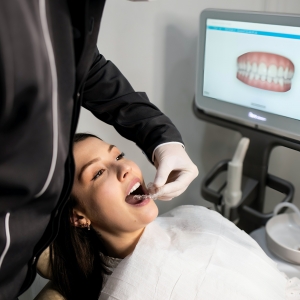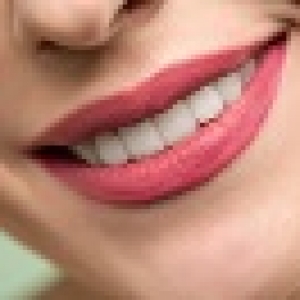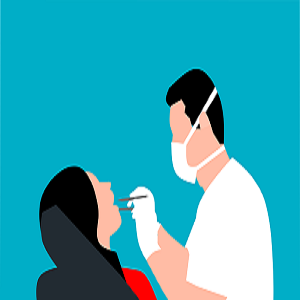In the pursuit of youthful, radiant skin, dermal fillers have become a popular and effective solution. As we age, the skin undergoes a series of changes, such as the loss of collagen and elasticity, leading to wrinkles, fine lines, and sagging. Dermal fillers, a non-invasive cosmetic treatment, offer a way to restore volume and contour to the face, achieving a more youthful appearance without the need for surgery. This article aims to provide a comprehensive guide to dermal fillers, discussing their types, uses, safety, and what to expect during and after the procedure.
What Are Dermal Fillers?
Dermal fillers, often referred to as soft tissue fillers or wrinkle fillers, are substances injected beneath the skin to add volume and fullness. They can be used to treat a wide range of cosmetic concerns, including:
Reducing wrinkles and fine lines
Restoring lost facial volume
Enhancing lips and cheekbones
Minimizing the appearance of scars
Rejuvenating the hands
These treatments are typically performed in a medical setting by a licensed healthcare professional, such as a dermatologist or plastic surgeon. The results are temporary, and most patients require periodic touch-up sessions to maintain their desired look.
Types of Dermal Fillers
There are various types of dermal fillers available, each designed to target specific areas of the face and cater to individual needs. The two primary categories of fillers are:
Hyaluronic Acid (HA) Fillers
Hyaluronic acid is a naturally occurring substance in the body that plays a crucial role in maintaining skin hydration and volume. HA fillers are among the most popular options due to their versatility and safety. Some well-known HA fillers include:
Juvederm
Restylane
Belotero
These fillers can be used to smooth wrinkles, enhance lips, and restore volume to areas like the cheeks and under the eyes. They are considered relatively safe and reversible, as a substance called hyaluronidase can be used to dissolve them if necessary.
Collagen-Stimulating Fillers
Collagen is a protein responsible for skin elasticity and firmness. As we age, collagen production decreases, leading to sagging skin. Collagen-stimulating fillers encourage the body to produce more collagen, providing a longer-lasting solution. Some common options in this category include:
Sculptra
Radiesse
These fillers are ideal for addressing deep wrinkles and hollow areas, but they require multiple sessions for optimal results. The effects tend to last longer than HA fillers, often up to two years.
The Dermal Filler Procedure
Getting dermal fillers is a relatively straightforward process. It typically involves the following steps:
Consultation
Before undergoing any cosmetic procedure, it's essential to have a consultation with a qualified medical professional. During this consultation, you'll discuss your goals, medical history, and any allergies or sensitivities. The provider will assess your facial structure and recommend the most suitable type of filler for your needs.
Preparing for the Procedure
On the day of the procedure, the medical provider will clean the treatment area and may apply a topical anesthetic to minimize discomfort during the injections. Some fillers also contain lidocaine, a local anesthetic, which further enhances comfort.
Injection
Using a fine needle, the provider will inject the chosen filler into the targeted areas of your face. The number of injections and amount of filler used will depend on your individual goals and the product chosen. You might feel a slight stinging or discomfort during the injections, but it's generally well-tolerated.
Immediate Results
One of the advantages of dermal fillers is that you can see immediate results. Your skin will appear fuller, wrinkles will be less noticeable, and the treated area will be more youthful.
Post-Treatment
After the procedure, there may be some redness, swelling, and bruising at the injection sites, but these side effects are usually mild and temporary. Most people can resume their normal activities immediately, but it's advisable to avoid strenuous exercise and alcohol for the first 24 hours.
Safety and Potential Risks
Dermal fillers are generally considered safe when administered by trained professionals. However, like any medical procedure, there are potential risks and side effects to be aware of, including:
Common Side Effects
Swelling
Bruising
Redness
Itching
Tenderness at the injection site
These side effects typically subside within a few days to a week.
Rare Complications
While rare, more severe complications can occur, such as:
Infection
Allergic reactions
Lumps or nodules at the injection site
Skin discoloration
Asymmetry
It's essential to choose a skilled and reputable provider to minimize the risk of complications.
Dermal Fillers and Lip Enhancement
One of the most popular uses of dermal fillers is lip enhancement. Fuller, well-defined lips are a desirable feature for many individuals. Dermal fillers can help achieve this look with minimal downtime.
Dermal Fillers for Cheek Enhancement
As we age, the natural fat pads in our cheeks can diminish, leading to a hollowed appearance. Dermal fillers are a non-surgical solution to restore volume to the cheeks, providing a youthful, lifted appearance.
Dermal Fillers for Under-Eye Hollows
Under-eye hollows and dark circles can make us appear tired and older than we are. Dermal fillers can be used to fill in these hollow areas, reducing the tired appearance and rejuvenating the eyes.
Dermal Fillers for Hand Rejuvenation
The hands are often overlooked but can reveal signs of aging. Dermal fillers can plump the backs of the hands, reducing the visibility of tendons and veins, and giving them a more youthful appearance.
How Long Do Dermal Fillers Last?
The duration of dermal filler results depends on the type of filler used, the treated area, and individual factors. Generally, HA fillers can last from 6 to 18 months, while collagen-stimulating fillers may last up to two years.
Maintaining Results
To maintain your desired look, you will likely need touch-up sessions. The frequency of these sessions will depend on the type of filler and the individual's response to treatment.
Conclusion
Dermal fillers are a valuable tool in the realm of non-invasive cosmetic procedures, offering a versatile and safe means to rejuvenate the skin and achieve a more youthful appearance. When considering dermal fillers, it is essential to consult with a skilled medical professional and to have realistic expectations about the results. With proper care and maintenance, dermal fillers can help you look and feel your best, with results that appear natural and age-appropriate.






